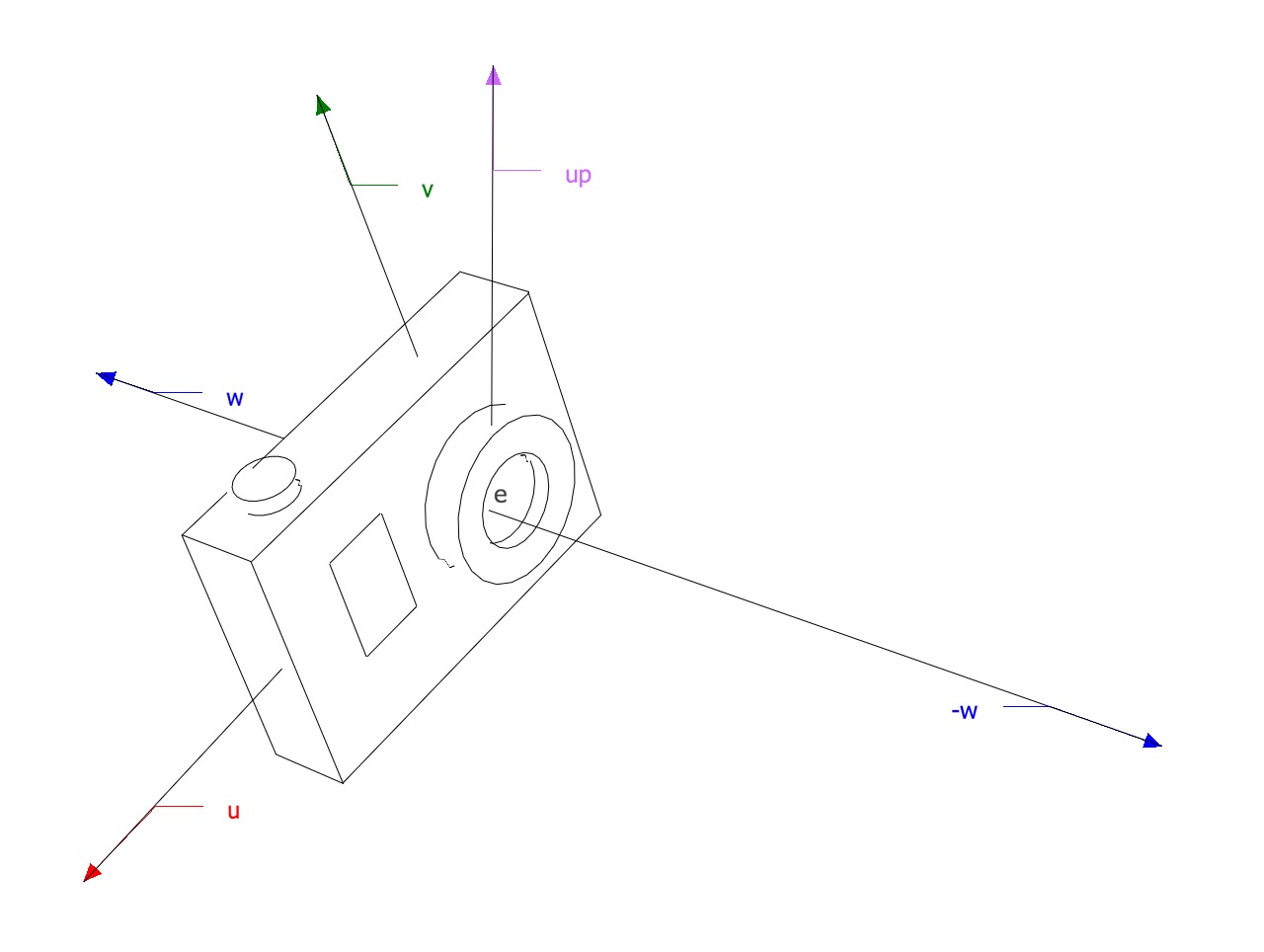Line-line intersection
Given two lines in 3D defined as rays
Where
We can apply the cross multiplication operation on both sides with
Similarly we can find the value of
The proof can be found here
We can actually solve this problem graphically by using triangle similarity , imagine the following situation

line line intersection
The intersection point
By triangle similarity we see that
Multiplying the left side with an identity
We see that the quantity
A similar equation can be derived for the parallelogram with sides
Replacing



